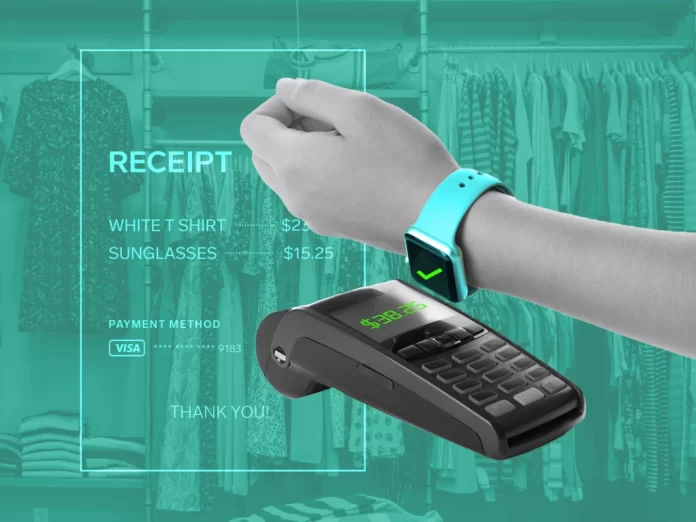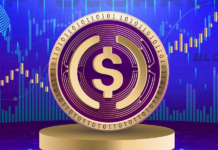
- As merchants and consumers turn to ecommerce and digital shopping habits, digital payment adoption continues to increase.
- We break down why cash is being left for electronic and contactless payment methods.
- Do you work in the Finance industry? Get business insights on the latest tech innovations, market trends, and your competitors with data-driven research.
As the world becomes more digital, there are increasingly more choices and advantages over cash that financial institutions can turn to as different technologies compete to be consumers’ digital payment method of choice. Below is a look at the latest digital payment trends and technologies.
What are digital payments?
A digital payment is the transfer of money or digital currency from one account to another using digital payment technologies, such as mobile wallets or mobile payment apps. Digital payments can also be referred to as electronic payments.
Online electronic payments
An electronic payment, or e-commerce payment system, digitally facilitates financial transactions between two parties. With the shift to online shopping continuing to accelerate electronic payment methods are forcing stakeholders to reevaluate their strategies. Online electronic payments include:
- Bank transfers
- eChecks
- Buy now, pay later (BNPL) solutions
Mobile payment apps
Mobile payment apps enable users to transfer funds to an individual or company via a mobile device including smartphones and tablets. Top P2P providers saw double-digit growth in monthly app downloads in April and May 2020, a trend that continued through the year—30% of US adults signed up for new P2P platforms in H2 2020.
Cash App secured 35% of total download share by mobile payment apps.
Some of the most popular digital payment apps include:
- Cash App
- Venmo
- PayPal
- Zelle
- Google Pay
Mobile wallets
A mobile wallet is literally a virtual wallet that holds card information for a user directly on their mobile device. It can manage everything from credit cards, rewards cards, and memberships. Consumers are increasingly turning to mobile wallets due to their convenience and ability to reduce fraud. By September 2020, 76% of consumers reported increased mobile wallet use, with 43% of that group doing so “significantly.”
Some of the most popular mobile wallets include:
- PayPal
- Apple Pay
- Google Pay
- Samsung Pay
Contactless payments
The adoption of contactless payment methods, touch-free digital payment solutions that use radio-frequency identification or near field communication for making transactions, rose during the pandemic due to health restrictions and safety precautions.
Contactless payments can be made via:
- Credit and debit cards that have near-field communication (NFC) technology
- Mobile wallets, like Apple and Samsung Pay
Digital payment technologies
Technologies that make these digital payment services possible involve machine learning and artificial intelligence. As consumers continue making purchases with their credit cards, mobile wallets, or applications, machine learning technology is able to study these experiences and improve them over time. This improved experience ensures greater fraud protection and security.
Additionally, contactless payments rely on NFC and magnetic secure transmission (MST) technology. NFC technology enables a connection between two electronic devices over a small distance. It enables consumers to pay with their mobile wallets via tablets, smartphones, or smartwatches. Comparatively, MST technology uses a magnetic signal from the mobile device to a card reader—because it emulates a magnetic stripe like one found on a credit or debit card, MST tech is compatible with most payment processors.
Other technologies used for digital transactions include:
Open banking APIs
Application programming interfaces (APIs) allow financial institutions to share data and information amongst one another through a third party application. APIs are used for any company (B2B, B2B2C, BaaS) to embed its products into a nonfinancial company’s platform.
For example, in December of 2020 Stripe partnered with Goldman Sachs and Citi to offer an API that would allow Stripe clients to offer bank accounts to their own merchant and vendor customers. Shopify will be the first to integrate the offering under the name Shopify Balance, where it will offer bank accounts to its hundreds of thousands of merchants.
Biometric verification
Biometric verification is any way a person can be uniquely identified by a device, where it evaluates one or more distinguishing biological traits such as fingerprints, retina patterns, voice recognition, and signatures.
In the financial services industry, biometric verification is used by mobile apps and other digital payment agents to authenticate a transaction. For example, smartphones can send information with a payment request including behavioral biometric information. These additional signals will make authentication more robust and fraud detection better by identifying inconsistencies in biometric information and payment behavior.
Distributed ledger technology (blockchain)
A distributed ledger is a database that exists across several locations. Most companies use a centralized database that exists in a fixed location; but a distributed ledger removes third parties from the process.
Perhaps one of the most popular and widely used forms of distributed ledger is blockchain. Blockchain technology offers a way to securely and efficiently create a tamper-proof log of sensitive activity. Distributed ledgers like blockchain are particularly useful in the finance industry because they cut down on operational inefficiencies (saving institutions both time and money).
Digital payment trends
Digitization became top priority for financial institutions in 2020, and this transformation is giving rise to digital payment companies across the world. Consumers are digitizing the payments they make in-store and online—bringing new technologies like contactless payments to the mainstream.
Apps like Venmo, Zelle, and Square Cash have grown in popularity, with volume hitting $393.87 billion on the back of massive user growth in 2020, according to Insider Intelligence estimates. And the growth trends of cross-border payments and real-time non-card payments are increasingly becoming a barometer for overall industry changes
Other trends that will continue to shape the digital payment landscape include:
- Leveraging new forms of fraud prevention
- Developing Payments as a Service (PaaS) experiences for unlikely entrants to the payments space
- Managing the impact of cost pressure on the merchant-provider relationship



































